In this guide, we’ll explore some of the most extraordinary flowers that grace our gardens and landscapes at night. Each of these blossoms offers not just visual appeal but also a unique story and ecological significance.
Queen of the Night
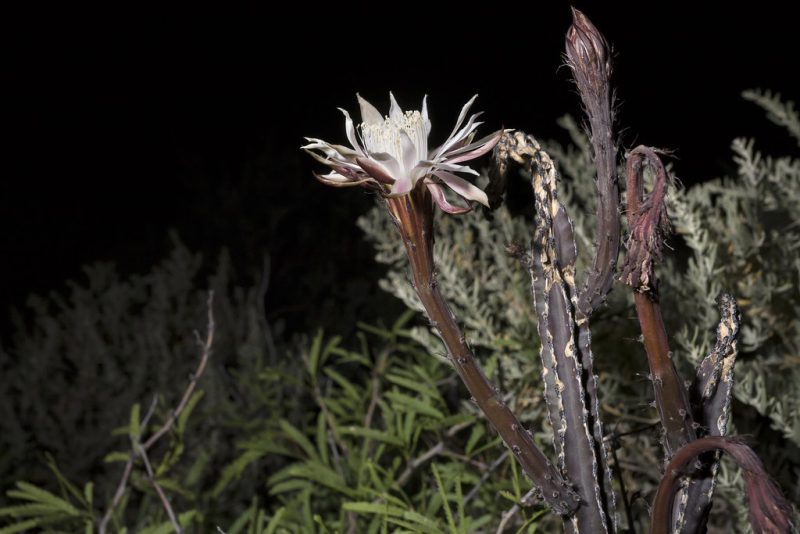
Perhaps the most iconic of the night-blooming flowers, the Queen of the Night (Selenicereus grandiflorus) is a striking cactus renowned for its breathtaking blooms. Native to Central and South America, this plant is celebrated for its stunning, large white flowers that open dramatically after sunset. Each bloom lasts for a single night, usually wilting by dawn, which adds an element of mystery to its beauty.
The fragrance of the Queen of the Night is intoxicating, often compared to a rich, sweet perfume. This scent plays a vital role in attracting nocturnal pollinators, particularly moths, which are drawn to its night-time allure. In many cultures, it symbolizes the fleeting nature of beauty and life, echoing the transient moments we experience in our day-to-day journeys.
Evening Primrose
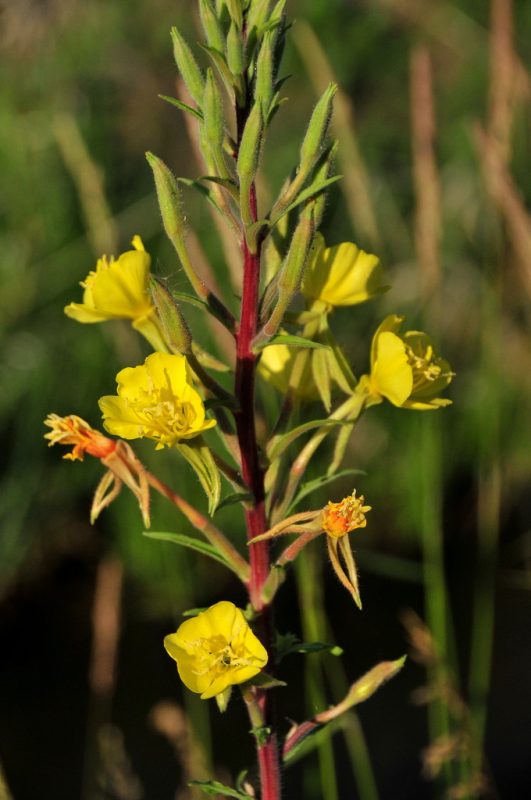
The Evening Primrose (Oenothera biennis) is a delightful wildflower that opens its golden-yellow or white petals in the evening. This resilient plant thrives in various environments, from fields to gardens, and showcases blooms that are not just beautiful but also beneficial. The flowers of the evening primrose produce a gentle fragrance that intensifies as dusk approaches, charming both humans and pollinators.
Interestingly, the Evening Primrose is known for its health benefits, particularly due to its oil, which is rich in gamma-linolenic acid (GLA). This oil is commonly used in supplements aimed at alleviating conditions like eczema and premenstrual syndrome (PMS). The plant serves as an excellent example of how night-blooming flowers can serve multiple roles in our gardens and lives.
Moonflower
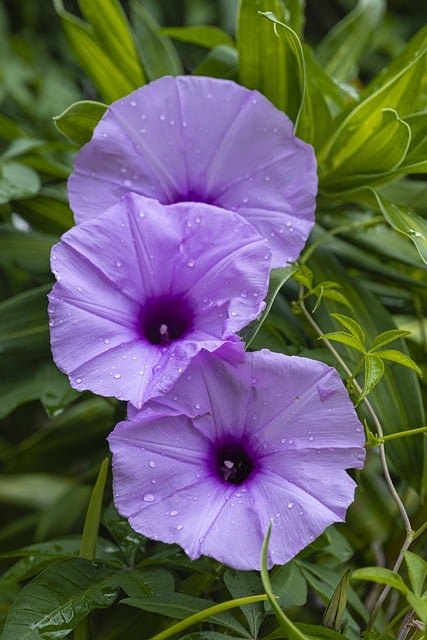
True to its name, the Moonflower (Ipomoea alba) is a stunning vine that unfurls its large, white, funnel-shaped blooms at night. This perennial plant hails from tropical America and is often grown for its stunning nighttime display and remarkable scent. The flowers emit a sweet aroma that is particularly strong in the evening, which attracts moths and other night pollinators.
The Moonflower’s blooms can reach up to six inches in diameter, creating a dramatic effect against the dark foliage. Not only a visual and olfactory delight, but the Moonflower also has a storied history in folklore, symbolizing love and beauty. Its enchanting qualities have made it a favorite among gardeners looking to create a magical evening atmosphere.
Datura
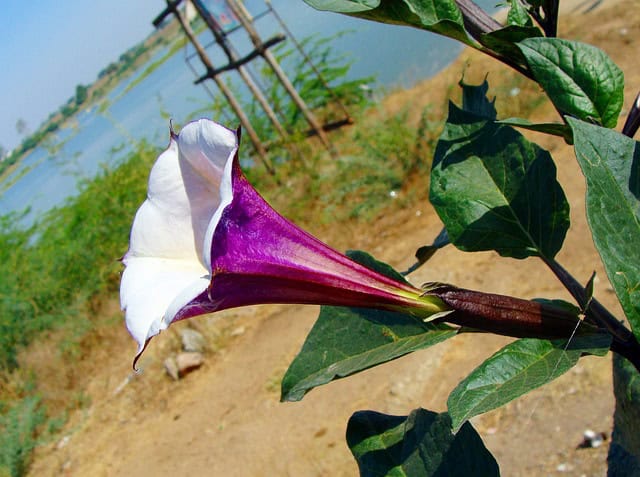
With its striking trumpet-shaped flowers, Datura (Datura metel) is both alluring and enigmatic. The plant blooms at night, often displaying white, lavender, or yellow flowers that exude a strong, sweet fragrance. Native to the Americas, Datura is known by several names, including Jimsonweed and Devil’s Trumpet. Its captivating blooms can be both beautiful and dangerous, as the entire plant contains toxic compounds.
Historically, Datura has been used in various cultural practices; some indigenous tribes considered it a sacred plant, believing it could facilitate communication with the spirit world. While its toxicity requires caution, the stunning appearance of its flowers makes Datura a mesmerizing addition to any garden that embraces the night.
Brugmansia
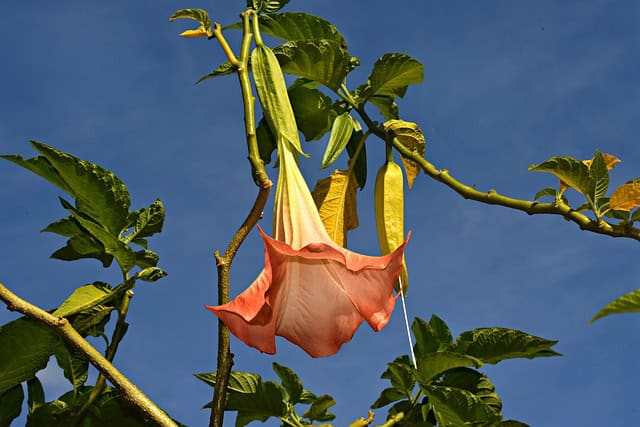
Brugmansia, also known as Angel’s Trumpet, is another remarkable night-blooming flower that captivates with its pendulous, trumpet-shaped blooms. These lush blooms come in a variety of colors, including white, yellow, pink, and orange, and emit a sweet, intoxicating fragrance in the evening. Native to South America, Brugmansia is often found in tropical and subtropical climates, where it thrives, drawing in nighttime pollinators.
The ethereal beauty of Brugmansia has a dual nature; while it enchants many, it is also known for its toxic properties. In various cultures, parts of the plant have been utilized for medicinal and spiritual purposes. As such, Brugmansia holds a reputation as a plant that embodies both beauty and danger in a way that’s worthy of caution.
Four O’ Clocks
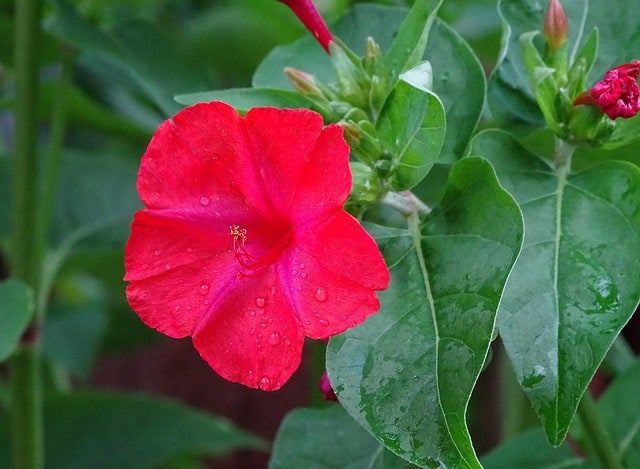
As the name suggests, Four O’ Clocks (Mirabilis jalapa) bloom in the late afternoon and remain open until the morning sun arrives. These flowers showcase a remarkable palette of colors, including pink, yellow, red, and white, often appearing in variegated patterns. Native to tropical America, these perennial plants are known for their sprawling habit and delightful fragrance.
Four O’Clocks are a delight for gardeners, requiring minimal maintenance while still providing a vibrant display. They are also known to attract a variety of pollinators, including hummingbirds, which are drawn to their sweet nectar. The convenience of their daytime stem and night-time bloom cycle gives them a unique place in any garden setting.
Casa Blanca Lily

The Casa Blanca Lily (Lilium ‘Casa Blanca’) is a stunning hybrid lily, revered for its large, fragrant white blossoms. While it primarily blooms during the day, its glorious scent and beautiful structure make it a stand-out in any evening garden. The Casa Blanca Lily features a classic white color accented with subtle green veins, creating a striking visual against the dusk.
These lilies are often used in bouquets and arrangements for their gracefulness and ability to emanate a soft yet powerful perfume in the evening. Their elegant beauty and sweet scent symbolize purity and devotion in various cultures, making them a popular choice for weddings and celebrations.
Tuberose

The Tuberose (Polianthes tuberosa) is a fragrant flower that shines during the night with its delicate white blooms. Native to Mexico, the Tuberose is a highly sought-after flower in perfumery due to its rich, heady aroma that wafts through the evening air. The plant’s narrow, elongated green leaves are topped with clusters of tubular blooms that spiral upwards, creating a striking visual.
Known for their significant presence in traditional celebrations and ceremonies, Tuberoses symbolize purity, sweetness, and devotion. In various cultures, they are used for producing high-quality essential oils. The Tuberose’s enchanting fragrance not only beautifies gardens but also enriches our lives, offering a sweet ambiance during nighttime hours.
Chocolate Daisy
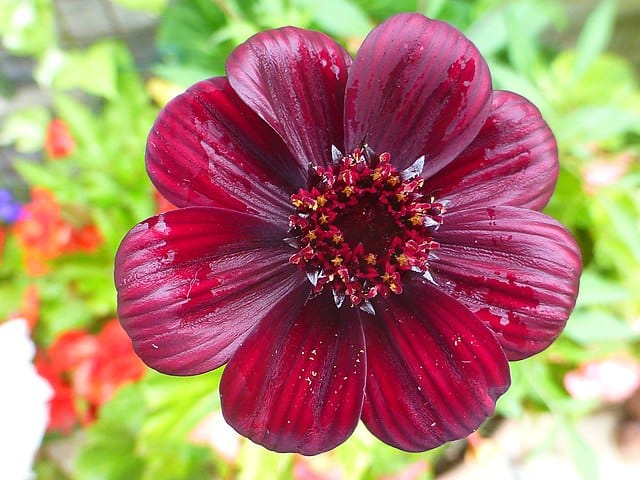
The Chocolate Daisy (Berlandiera lyrata) is a unique plant that delights both the eyes and the senses. With yellow, daisy-like flowers that bloom in the evening, its name comes from the sweet chocolate scent it releases after sunset. Native to the southwestern United States and Mexico, this hardy perennial thrives in rocky, well-drained soils and is drought-tolerant.
Chocolate Daisies are not just a sensory pleasure; they attract a variety of pollinators, including bees and butterflies, fostering biodiversity in the garden. Their ability to bloom at night makes them a special addition to any garden that seeks to maximize its evening charm while reflecting sustainable gardening practices. The combination of beauty and practicality makes the Chocolate Daisy a beloved choice for night-loving gardeners.
Night-blooming Jasmine
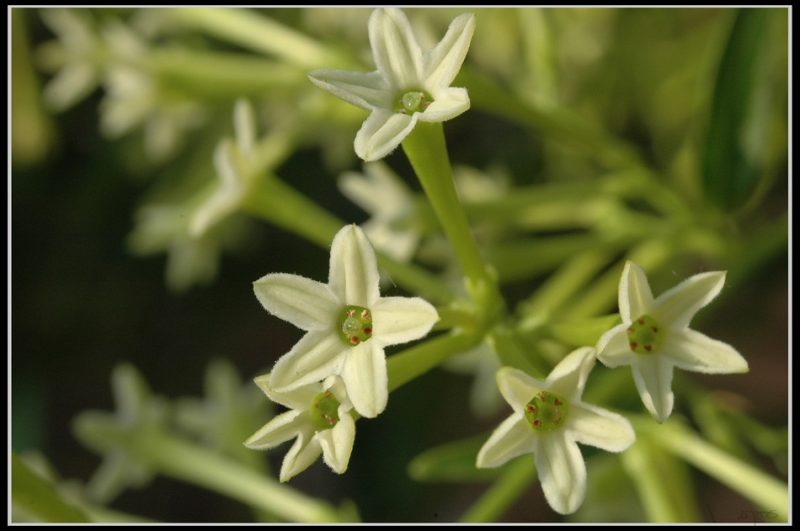
Night-blooming Jasmine (Cestrum nocturnum) is a shrub that possesses an alluring charm, particularly with its small, tubular flowers that emit a powerful, sweet fragrance after sunset. Native to the tropical regions of the Americas, this plant features clusters of greenish-white flowers that bloom throughout the summer months, filling the air with a captivating scent.
While the flowers may not be visually striking, their intoxicating aroma is what truly captures the essence of nighttime. The scent can carry for miles, often calling in nocturnal pollinators. This plant’s resilience and adaptability have made it a popular choice for gardens, patios, and courtyards looking to create peaceful, fragrant outdoor spaces that come alive during the cooler hours of the day.
Night Phlox

Night Phlox (Zaluzianskya capensis), also known as the evening-scented stock, is a charming plant that produces delicate white or pale lavender blooms that open in the evening. The fragrance released by Night Phlox is intoxicating, often described as sweet and spicy, making it a favorable choice for evening gardens. Native to South Africa, it thrives in well-drained soils and prefers full sun.
These flowers not only attract nocturnal pollinators, such as moths, but they also provide a delightful experience for those who wish to enjoy their tranquil gardens after dusk. With its lovely scent and gentle blooms, Night Phlox brings a touch of elegance to gardens and serves as an excellent companion to other night-blooming plants.
Night Gladiolus
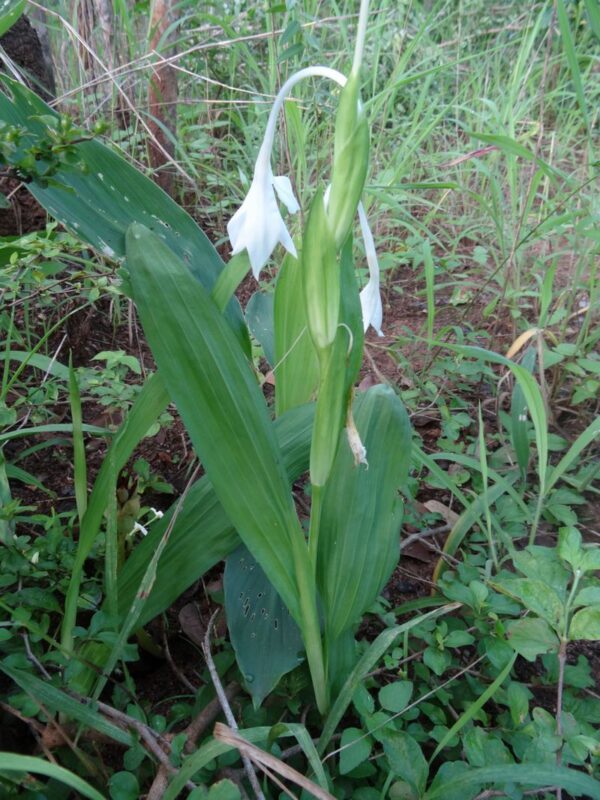
The Night Gladiolus (Gladiolus tristis) is a captivating perennial that opens its creamy yellow or white flowers in the evening, revealing striking markings. This species is particularly notable for its fragrance, which accentuates as the night deepens, making it a delightful addition to any nighttime garden. Native to southern Africa, this gladiolus is well-suited for growing in warm climates.
The blooms of Night Gladiolus not only capture the beauty of the night but are also an important food source for nocturnal pollinators. Their sweet fragrance creates an inviting atmosphere, enhancing the overall experience of enjoying a garden that transitions from day to night. The Night Gladiolus exemplifies how flowers can adapt to their environment, captivating garden enthusiasts who cherish the beauty of night-bloomers.





